-
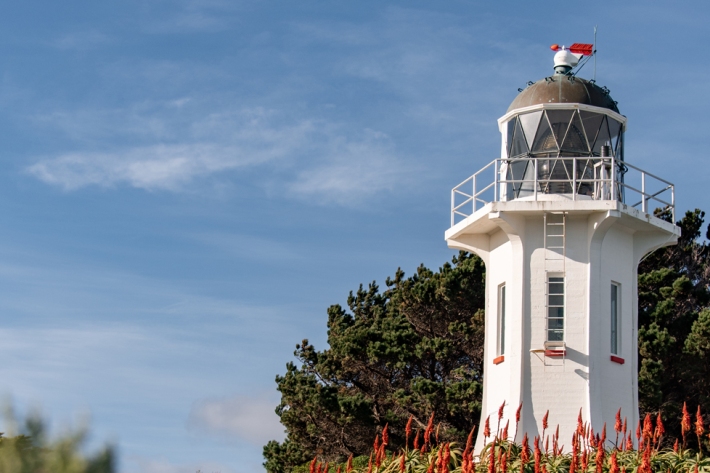
Greenhouse gas analyses
NIWA has been using advanced scientific instruments to measure atmospheric trace gases and isotopes for over 30 years. -

Counting carbon – NZ contributes to global CO2 stocktake
Media release27 April 2023New Zealand researchers have contributed to the first ever stocktake of global greenhouse gas emissions. -
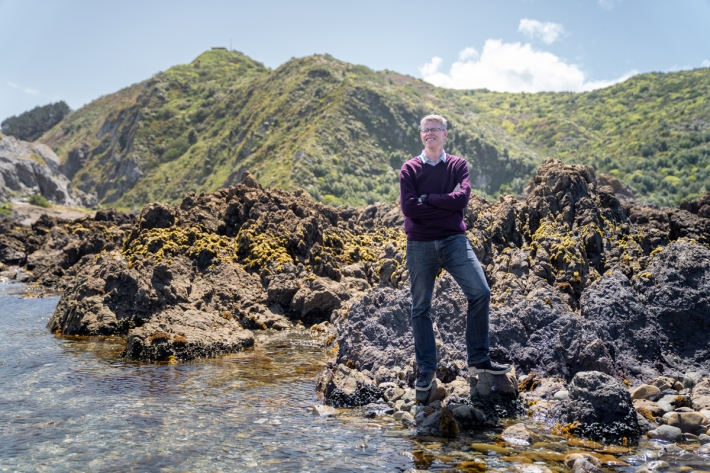
Research aims to quantify New Zealand’s Blue Carbon capacity of kelp seaweeds
Media release20 February 2023A research project co-led by Blue Carbon Services and NIWA will aim to provide New Zealand’s first national estimate of natural kelp-carbon sequestration in the marine environment. -
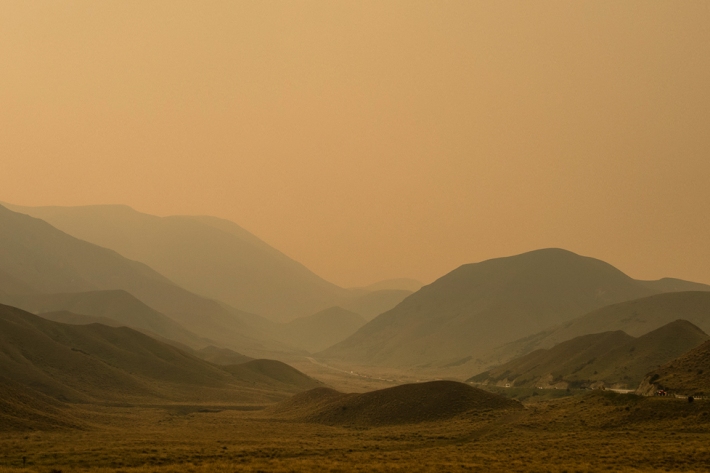
Fire in the sky
Feature story15 December 2022New research suggests large-scale wildfires may be changing the chemical makeup of our atmosphere. Jessica Rowley explains. -

Searching southern skies
Feature story04 August 2021For a small group of unassuming buildings nestled amongst the wide-open spaces of the Maniototo, the Lauder Atmospheric Research Station punches well above its weight. -
NIWA establishes first Antarctic GRUAN site
Feature story27 May 2021A NIWA-led collaboration is seeing atmospheric measurements taken from Antarctica’s Ross Island added to a highly respected international climate data reference network. -
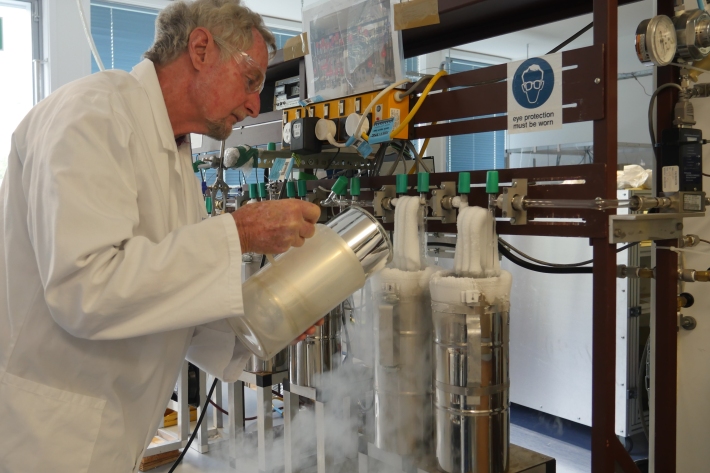
Scientists say methane emitted by humans ‘vastly underestimated’
Media release20 February 2020NIWA researchers have helped unlock information trapped in ancient air samples from Greenland and Antarctica that shows the amount of methane humans are emitting into the atmosphere from fossil fuels has been vastly underestimated. -

Daily CO2 measurements from NIWA’s atmospheric monitoring station at Baring Head
ServiceDaily CO2 measurements from NIWA’s atmospheric monitoring station at Baring Head. -
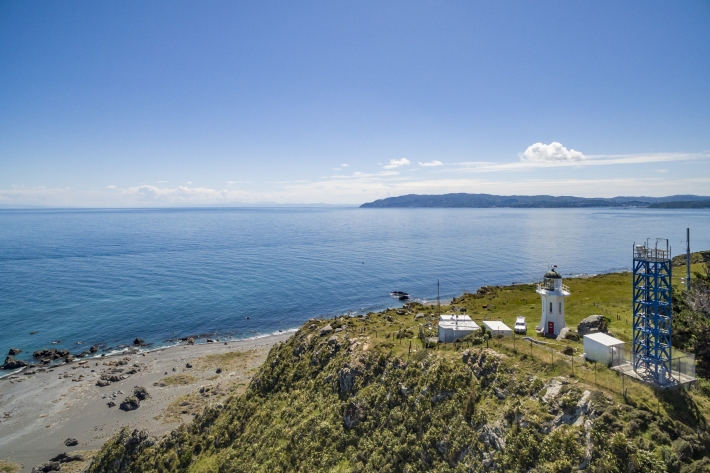
A bird's-eye view of our carbon balance
Feature story13 June 2019Dr Sara Mikaloff-Fletcher is looking to turn the internationally accepted science of monitoring greenhouse gas emissions upside down – and the rest of the world is watching closely. -

Project updates - CarbonWatch NZ
Project updates -

Science - CarbonWatchNZ
CarbonWatchNZ will address crucial carbon cycle questions in the three landscapes that are most important to New Zealand’s carbon balance: forest, grassland and urban environments. -

Atmospheric ozone, ultraviolet radiation, and stratospheric change
Research ProjectCFCs have damaged the ozone layer and led to higher UV levels and increased health risks. Our role is to understand the causes and effects of ozone depletion, to inform the public of the risk.
